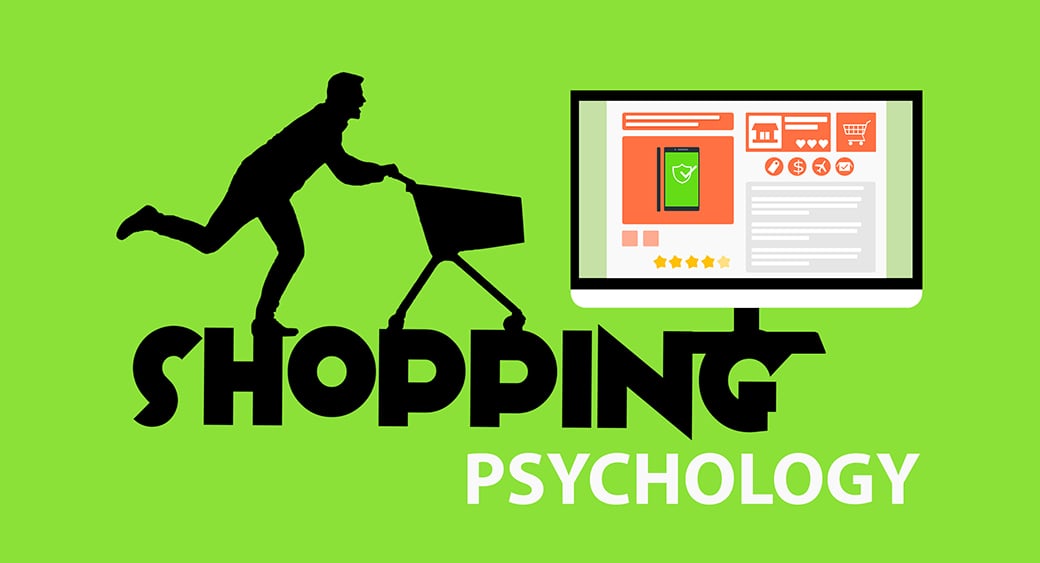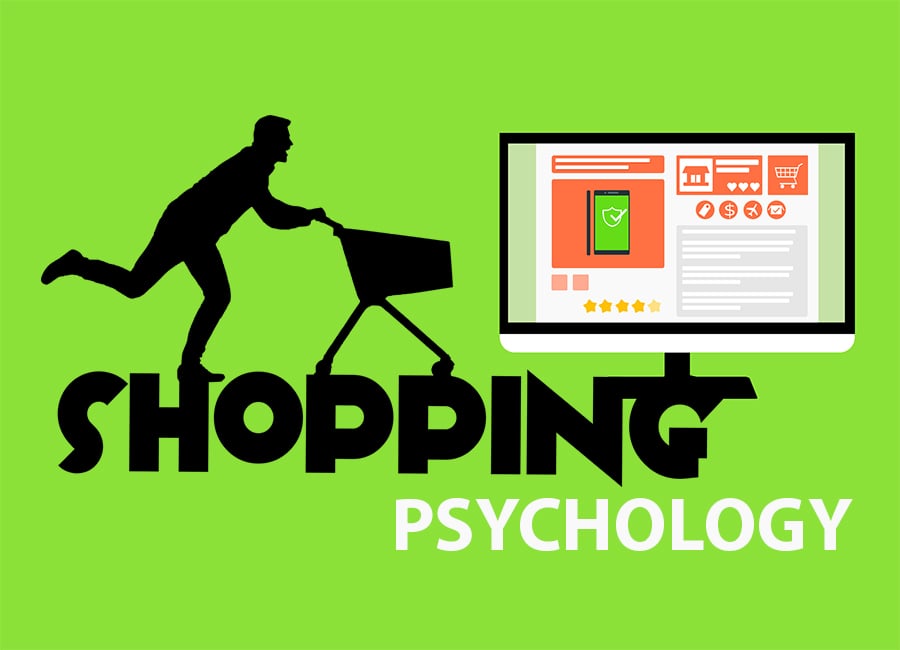When it comes to building an ecommerce store, it is extremely important to understand the psychology of online shopping and why clients make the decisions that they do. Having a basic understanding of the principles of both psychology and marketing is the key to ecommerce success.

But where to start? Do you start looking at online shopping statistics and see what information you can glean from these? Do you consider the psychology of shopping itself and work from there? The answer to both these questions is – “Yes.” To understand the psychology of online shopping, you need to look at both online shopping statistics and understand why clients behave in the way that they do.
Why do some offers, like vouchers and promos cause some shoppers to shop up a storm while leaving others cold? Some people will scour Groupon for hours to find the right deal, while others are completely indifferent to the idea. In this post, we will look at some of the basic elements relating to the psychology of shopping with a focus on the psychology of online shopping. We will look at how you can combine elements of psychology and marketing to get the best possible results starting now.
The Psychology of Online Shopping
Understanding the different phases that they go through when purchasing is essential to understanding the psychology of online shopping.
The Nicosia Model of Consumer Behavior

According to this model, consumers go through the same basic processes during the decision making process.
Formation of Attitudes
This is based on what the client knows or understands about the market as it stands. Perhaps she has seen advertising, or she has had a recommendation from friends, etc.
This is where the psychology of online shopping and, more particularly, branding exercises come into play. The client is not, at this stage, looking for a specific product, but might be interacting with your company.
Let’s say, for example, a friend shares a piece of content from your blog on social media. It brings your business name to the fore. And that is marketing hack number one. Make sure that you take the opportunities to get your brand name out there.
Provide useful content, so that people start to associate your brand with useful, innovative solutions. You may not get a sale immediately from it, but it does start to build their trust in you. And trust is the most valuable aspect of the psychology of online shopping.
Evaluation Phase
During this phase, the client will be looking for more specific information and will be determining what elements are more important to her. Is it important to get the item as fast as possible? Would she be willing to wait if this means that it takes longer for the item to arrive?
The primary consideration for 87% of shoppers when shopping online is the price. However, shipping times and cost come in at a close second place with 80% of shoppers, so it is something that also needs to be taken into consideration.
Customer Behavior Phase
This is where the client has made the final decision and is now making a purchase. At this stage, it might be useful to try an upsell or to lay the ground for future purchases.
For example, adding a voucher for free shipping, or a discount on the next order, or recommending products in a similar vein. Like Amazon does, for example, when it shows you what people making the same purchase also bought.
This is where the psychology of online shopping is extremely important. You want the client to have a positive experience so that she will come back and purchase again, but you also want to maximize the sale.
A soft sell approach, where you make recommendations, is more likely to elicit a positive response than a hard sell approach.
Feedback
This is the phase where the client has used the product, and it is a crucial phase. The experience that she had with the product will color all future perceptions of both the product and your company.
A step that a lot of companies neglect is the gathering of feedback about their products. Make it as easy as possible for your client to provide feedback. Give her a quick call, message, or email to find out how things went.
If something did go wrong, it gives you the perfect opportunity to make amends in a timeous fashion. This is an extremely strong marketing tool. Clients do want everything to work perfectly, but they do understand that this is not always possible.
If you step up to the plate and are proactive about correcting any issues, you will leave them with a far more positive impression. And, even if the product lets them down, they will still have the impression that your company cares about them.
And, when it comes to the psychology of online shopping, it is the impression that counts the most. People need to trust your brand in order to make that first purchase from you. They need to like the brand to keep buying from you and refer others.
Summing It Up
You need to work hard to create the right impression. And not just for the first sale either, but for every sale after that as well. Back up that great product with excellent service and you have a winning combination.
People will want to help your business succeed. They will happily write real reviews for you. There is nothing better than a genuine review for online businesses. They will be happy to share your info on social media.
Build on this trust to increase your marketing reach even more – why not offer “valued clients” an exclusive discount they can share with a couple of people in their circle? They will look good because they are providing friends vouchers and promos and expanding your client base at the same time.
Do you want to know the best way to boost your sales over the long term? Build a relationship with each and every client. Let them do all the hard work for you and then start sitting back and reaping the rewards.
